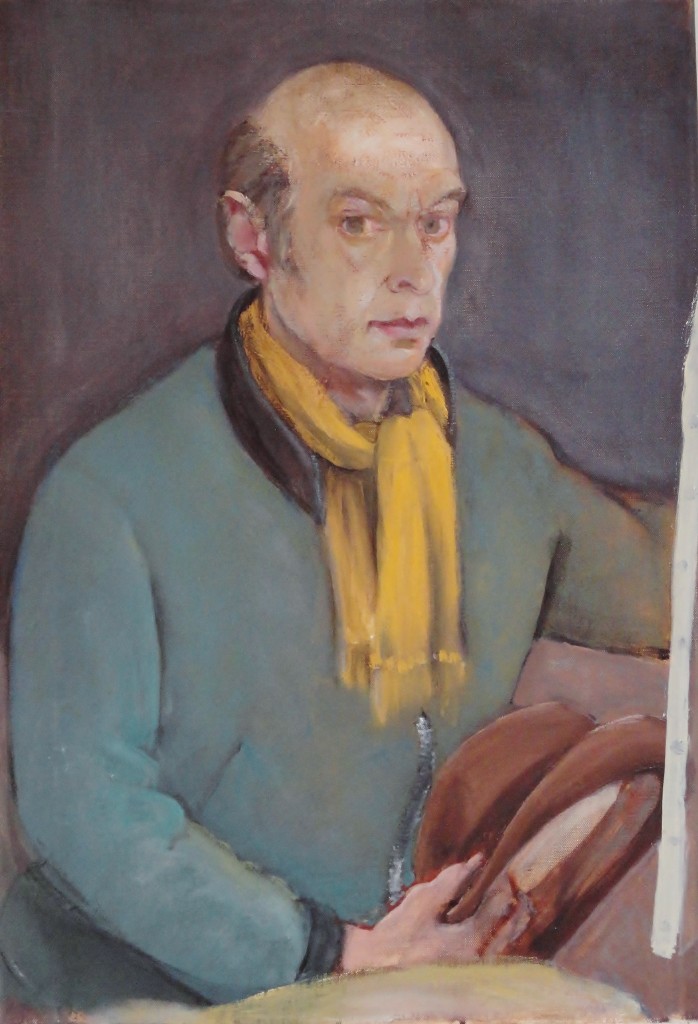
A groundbreaking study has discovered new genetic variants specific to different ancestral backgrounds that are associated with multiple sclerosis (MS). This offers fresh insights that could potentially change the way the disease is treated in various affected populations. The research, which was presented at ECTRIMS 2024, was conducted by the Alliance for Research in Hispanic MS (ARHMS) Consortium. It is the first extensive study to uncover genetic effects specific to ancestry that are linked to the risk of developing MS.
In a thorough analysis of over 7,000 individuals from self-reported Hispanic (n=4,313; 2,201 with multiple sclerosis, 2,112 controls) and African American (n=3,085; 1,584 with multiple sclerosis, 1,501 controls) backgrounds, researchers identified important genetic locations linked to the risk of multiple sclerosis (MS). These findings underscore the potential of genetic studies that consider ancestry to reveal previously unknown risk factors for MS and to enhance the accuracy of efforts to map the disease across different racial and ethnic groups.
A new genetic location has been discovered on chromosome 13q14.2, specifically within African genetic signatures. The variant, rs3803245, is situated in a chromosome region that is highly accessible to specific proteins in T-cells, indicating that this region may function as a regulatory site in T-cells. T-cells play a crucial role in the pathology of MS (multiple sclerosis).
The research has identified two distinct genetic variants associated with MS risk on chromosome 1p35.2. One variant is specific to Native American haplotypes, while the other is specific to European haplotypes. The Native American variant, rs145088108, significantly increases the risk of MS in Hispanics and African Americans (OR=2.05) compared to the European variant, rs10914539 (OR=1.37) based on data from a European cohort of 15,000 MS patients and 27,000 controls.
Dr. McCauley, a professor at the University of Miami Miller School of Medicine and the leader of the study, explains, “The variant found in Native American genetic signatures alters the structure of a protein, which might explain why it is more strongly associated with the risk of multiple sclerosis. In contrast, the variant found in European genetic signatures is located in a non-coding part of the gene, making it less clear how it contributes to the disease.”
In a cross-ethnic meta-analysis, the researchers successfully conducted a detailed mapping of seven known MS risk areas. Dr. McCauley added, “The genetic variations found in these areas could lead to the development of new, more targeted treatments for MS, some of which may be specific to certain populations. It is highly valuable to narrow down our focus to these regions, and with further research, there is potential to discover new targets for drug development in the future.”
“We anticipated finding some genetic diversity, but discovering African and Native American-specific alleles that affect the risk of multiple sclerosis is both exciting and encouraging. As our group of participants grows, we hope to find more ancestry-specific alleles that are important for understanding the different characteristics of the disease and addressing health differences in people with multiple sclerosis. We are very thankful to our study participants and their families for taking part in this important research, and we encourage more patients from underrepresented populations to join our efforts.”



